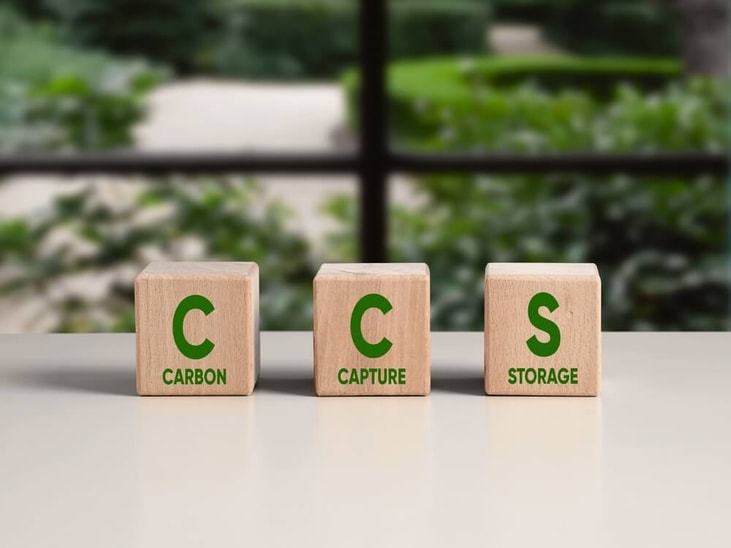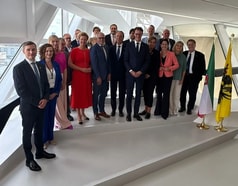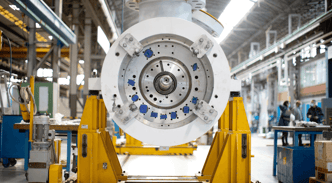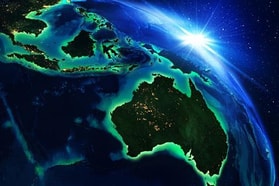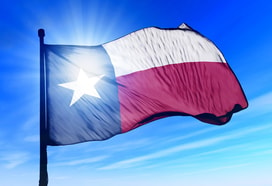Vantaa Energy pushes carbon capture with 2027 decision ahead
Finnish energy company Vantaa Energy is progressing its plan to capture and store carbon dioxide (CO2) from all its waste-to-energy plants.
The project has now entered the environmental impact assessment, zoning, permitting and commercial negotiations phases, with a potential investment decision expected in 2027.
The total investment could amount to hundreds of millions of euros, while the cost of establishing the full carbon value chain is estimated in the billions.
Waste-to-energy processes generate heat for electricity and district heating but produce unavoidable CO2 emissions.
... to continue reading you must be subscribed

